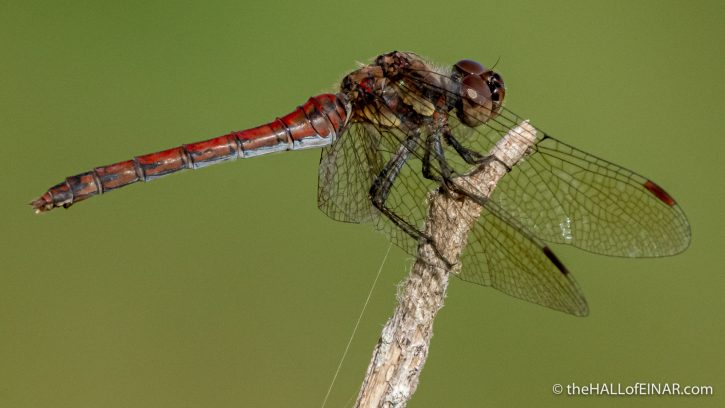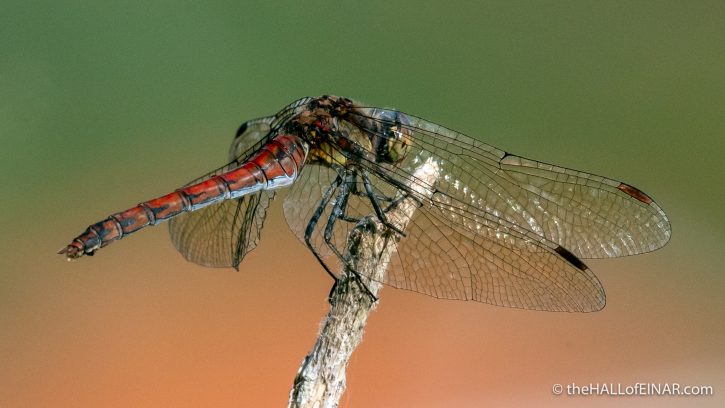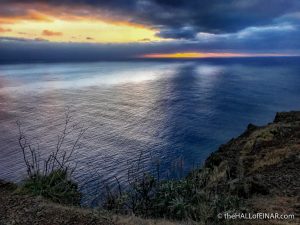The dragonfly’s revenge on Madeira
Stepping outside the door of the place I’m staying in Madeira I’m met by a marvel. It’s 300 million years since insects like dragonflies evolved.

That’s nearly 300 million years before modern humans evolved.

They deserve some respect, don’t you think? They’ve continued to evolve and succeed in their ecological niches so there are 5,000 living species.
They can hover. They can fly vertically upwards and downwards. Their eyes take up most of their head. What’s not to like?

In the fossil record we find enormous dragonfly ancestors. Their size was enabled by the high oxygen levels in the atmosphere back in the Palaeozoic. Having 31% of oxygen rather than 21% of oxygen in the atmosphere meant they could grow to have 75cm wingspans and 46cm bodies. I breath deeply and imagine. That’s something insects can’t do. Insects have no lungs and have to ‘breath’ by exchanging gases through holes in their hard, crunchy exoskeleton. If they’re too big, then they can’t get enough oxygen to their vital organs or muscles and can’t get rid of the carbon dioxide fast enough.
They can’t imagine, either.
All those wondrous giants died off in the Permian mass extinction. Something happened 251.9 million years ago which killed off more than 96 in 100 of all marine species and 70 in 100 of all species on land. It’s likely that volcanoes released sulphur dioxide and carbon dioxide into the atmosphere, heating the Earth and acidifying the oceans.
It’s not hard to see the parallels with today’s sixth mass extinction.

This dragonfly is the Island Darter, Sympetrum nigrifemur. It’s only found in the islands of Madeira, Gran Canaria and Tenerife. It’s tiny, only four or five centimetres long, and it’s living on an extinct volcano.

It’s a small victory and a beautiful irony, of which it is unaware.
More Madeira
 Laurel fungus in Madeira Here's a find from when it was possible to travel There's a fungus on this laurel tree: It's Laurobasidium lauri,… read more
Laurel fungus in Madeira Here's a find from when it was possible to travel There's a fungus on this laurel tree: It's Laurobasidium lauri,… read more The Madeira outtakes On the way to Madeira I sit next to a couple and they chat. I say 'they' chat, when I… read more
The Madeira outtakes On the way to Madeira I sit next to a couple and they chat. I say 'they' chat, when I… read more Clinging on At 1,800m the clouds are below me and above me on Madeira. I'm a cloud sandwich. On the slopes is… read more
Clinging on At 1,800m the clouds are below me and above me on Madeira. I'm a cloud sandwich. On the slopes is… read more Fire and water I'm off on a trip to the far west of Madeira. There's a lighthouse at Ponto do Pargo which sounds… read more
Fire and water I'm off on a trip to the far west of Madeira. There's a lighthouse at Ponto do Pargo which sounds… read more There once was an ugly duck. A very ugly duck. You know the story. There's an ugly duckling which turns into a swan. I don't need to go all Hans… read more
There once was an ugly duck. A very ugly duck. You know the story. There's an ugly duckling which turns into a swan. I don't need to go all Hans… read more Skum Have you ever looked at a fire extinguisher in Denmark? No? Can I say that I'm not surprised? If you… read more
Skum Have you ever looked at a fire extinguisher in Denmark? No? Can I say that I'm not surprised? If you… read more Madeira birdwatching with Luis Dias There's another birdwatching business on Madeira. It's called Birds and Company. I would give you a link to their website,… read more
Madeira birdwatching with Luis Dias There's another birdwatching business on Madeira. It's called Birds and Company. I would give you a link to their website,… read more Yes! we have no bananas I'm in Calheta in Madeira for the afternoon. Behind the road following the coast is a large garden which appears… read more
Yes! we have no bananas I'm in Calheta in Madeira for the afternoon. Behind the road following the coast is a large garden which appears… read more Red-Legged Partridge up the mountain I'm standing bathing in the cold orange light of sunset when I spot a largish bird walking towards me. I… read more
Red-Legged Partridge up the mountain I'm standing bathing in the cold orange light of sunset when I spot a largish bird walking towards me. I… read more